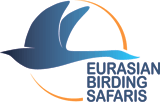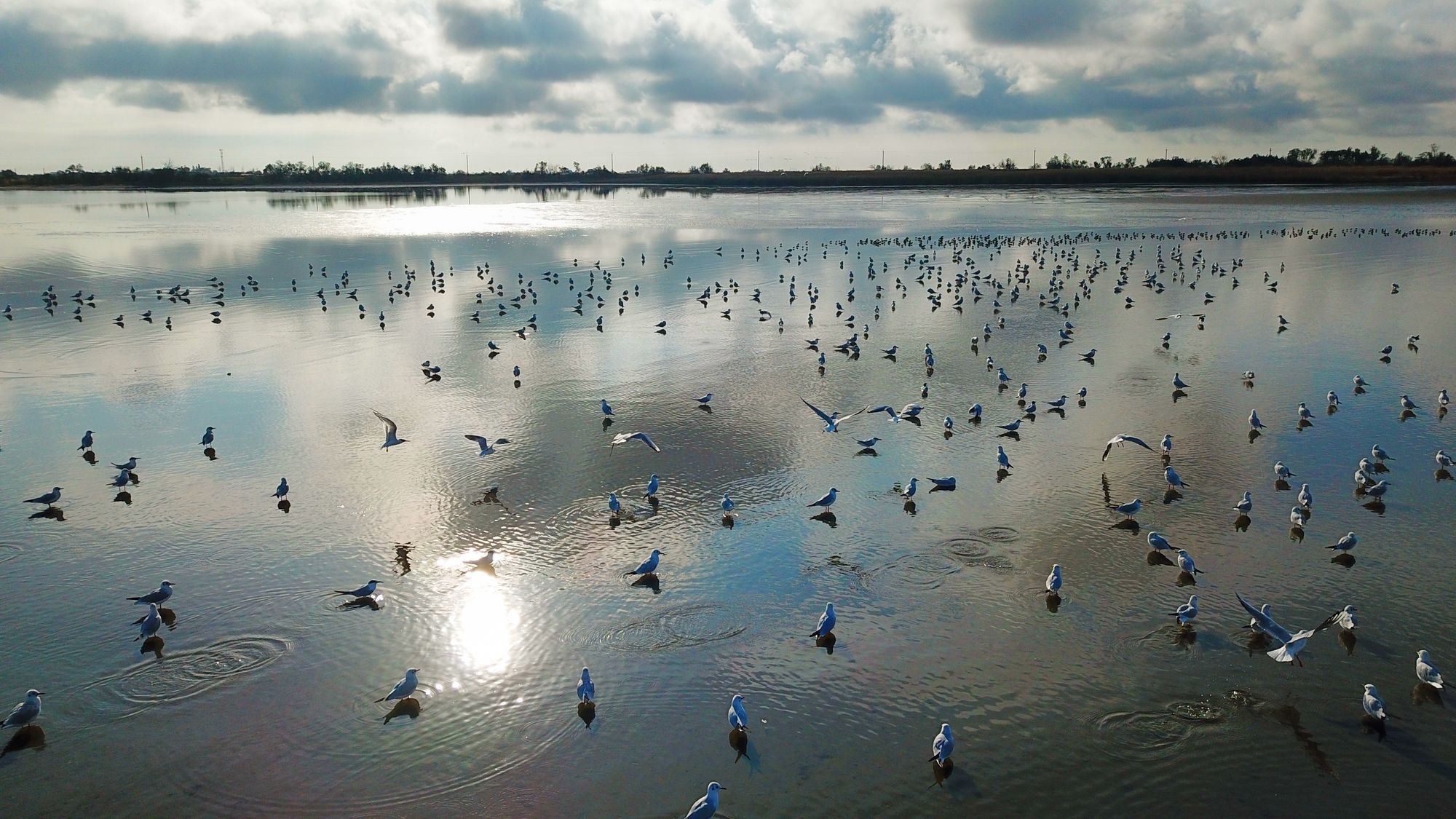After twisting its way through northern Russia gaining volume, the Volga River splits into a fan of more than 250 channels that flow through the arid steppes of southern Russia before spilling into the Caspian Sea. Roughly the size and shape of the state of California, the Caspian Sea is the world’s largest inland sea, and has a significant impact on the development of the delta. Together the sea and the silt-carrying flow of the Volga River have formed this delta and continue to change its relief, continuously creating new islands and channels. As the Volga River carries sediment downstream, it deposits it at the edge of sea, creating islands of alluvial deposits of sand, silt, and clay. Meanwhile, fluctuating water levels in the Caspian Sea have alternatively dried and flooded the southern reaches of the delta over the course of several decades.
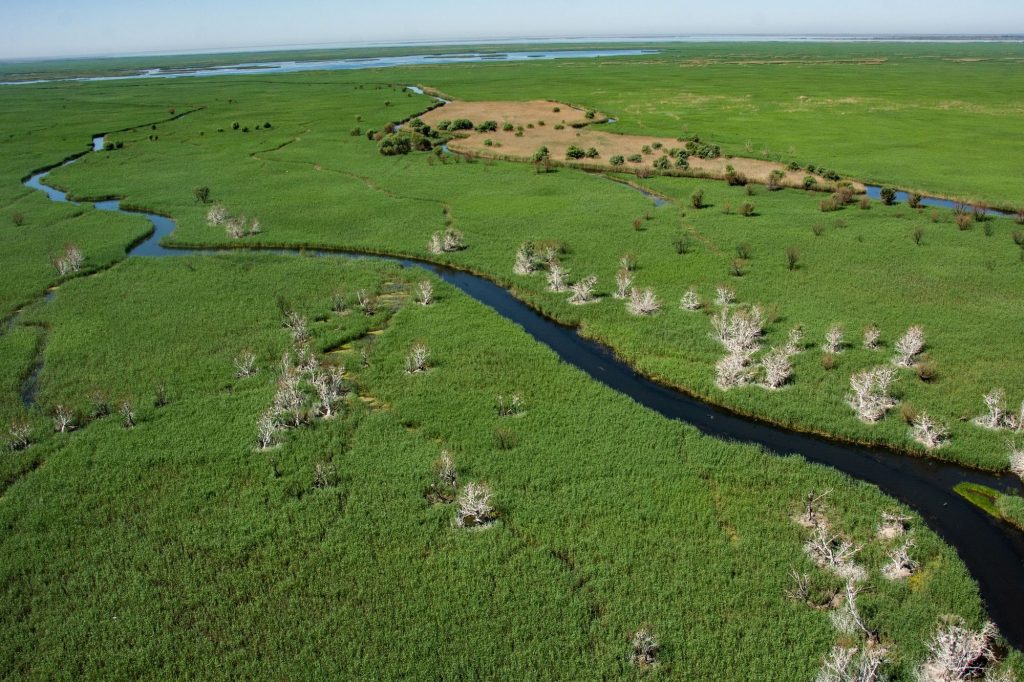
The Volga delta is one of the largest in the world, an intricate maze of streams and rivers that provide spawning grounds for many species of fish. Narrow stands of willows arch over the calm waters while wild boars, foxes, and rodents roam through islands of tall reeds. These ecosystems are preserved in Astrakhansky Zapovednik (Astrakhansky Nature Preserve), one of Russia’s oldest nature reserves.
Despite the proximity of the sea, the Volga delta is located in the midst of a semi-desert region. Warm winds rising from the Central Asian deserts provide for abundant sunshine and a frost-free period that lasts 200 days. Summer temperatures rise to 45 degrees Celsius, while heavy local rainstorms keep the air and soil moist. Even so, winters are cold and continental, stretching from December to March, and freezing even the lower reaches of the delta and the northern part of the Caspian Sea. In spring, floods rise to cover many of the islands of zapovednik, up to 90 percent of the reserve’s total area. At its average level, water covers about 70 percent of the reserve.
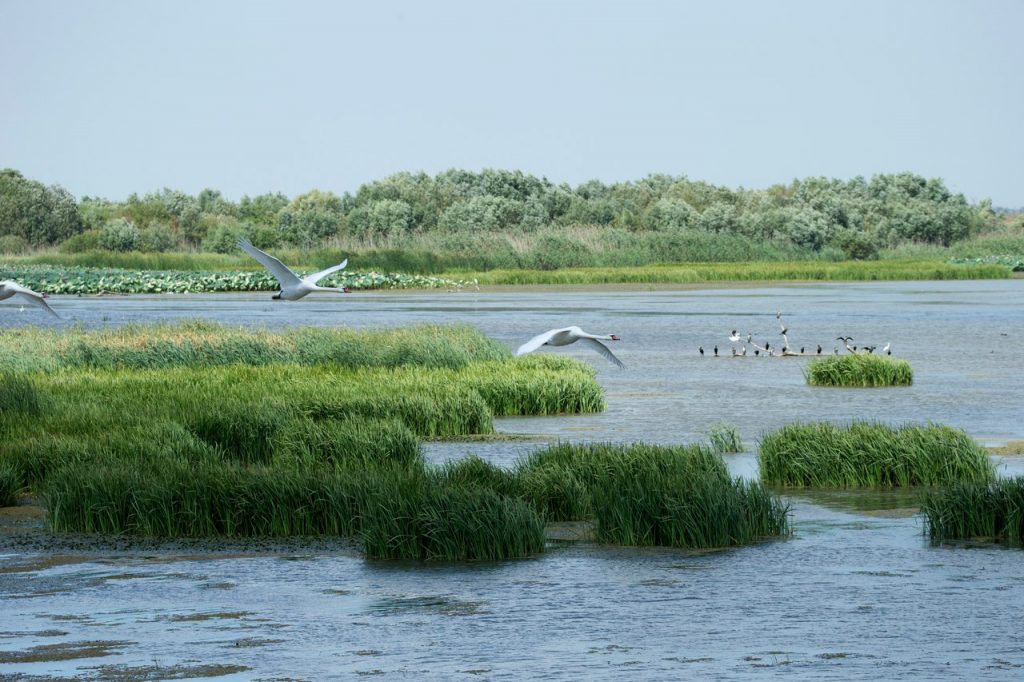
Founded in 1919 to protect the rapidly disappearing delta ecosystems, the zapovednik is now famous as a kingdom of birds, where trees and skies are ever filled with the noisy songs of eagles, swans, ducks, geese, cranes, and pelicans. Zapovednik covers 66,800 hectars (167,000 acres) and with more than 250 avian species recorded in the reserve, Astrakhansky Zapovednik has earned its reputation as a sanctuary for birds. Year-round the skies and shoreline forests are filled with White-tailed Sea Eagles (Haliaeetus albicilla), one of 27 endangered species of birds, enetered into the red book, found in the zapovednik. Other endangered birds of prey include Osprey (Pandion haliaetus) and Saker Falcon (Falco cherrug). Mute Swans (Cygnus olor), once nearly extinct in the region, have made a remarkable comeback in the 20th century, such that now thousands nest in the Volga delta, and hundreds in the zapovednik. Dalmatian Pelicans (Pelicanus crispus), recognizable by the curl-like tufts of feathers on their heads, can regularly be seen skimming the surface of the water.
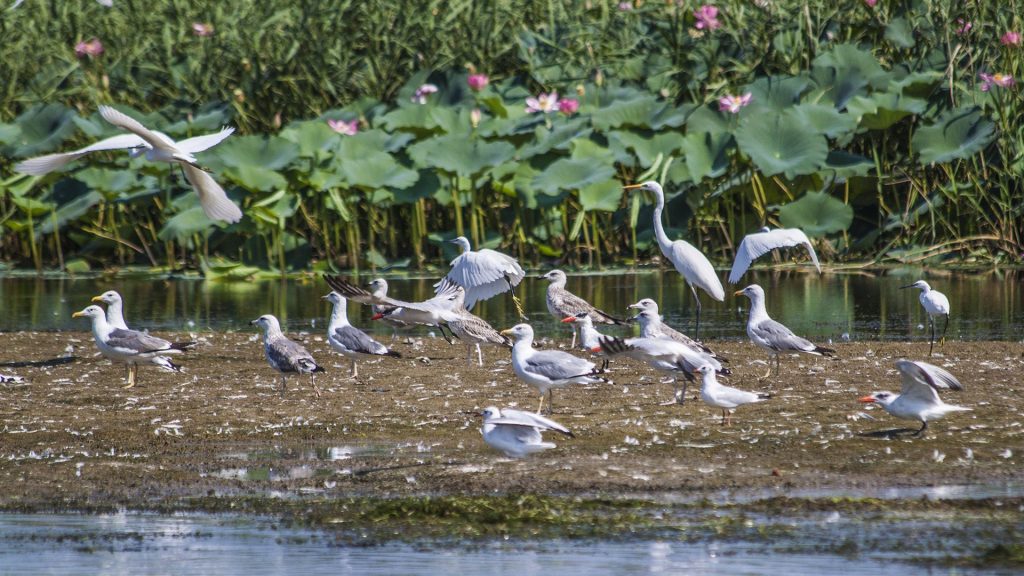
The Volga delta offers one of the world’s most important nesting grounds for water birds. Great Cormorants (Phalacrocorah carbo) build large, noisy colonies in willow trees along the riverbanks. Colonies of gulls (Chlidonias hybrida, C. niger, C. hirundo) attract carnivorous fish such as Wels Catfish (Silurus glanis), which swim to the banks in hopes of making a meal of baby birds that have fallen from their nests. Sharing of nesting sites, an unusual phenomenon in nature, is characteristic in the zapovednik, where Great White Herons and Little Egrets (Egretta alba, E. garzetta), Glossy Ibises (Plegadis falcinellus), black-crowned Night Herons (Nycticorax nycticorax), Eurasian Spoonbills (Platalea leucorodia), and Pond Herons (Ardeola ralloides) frequently build nests in the same colonies.
Summer is a particularly colorful season in the zapovednik, where more than 25,000 ducks spend their molting period. Mallards (Anas platyrhynchos) are the first to arrive in June, followed by Northern Pintails (A. acuta), Green-winged Teals (A. crecca), Garganeys (A. querquedula), and Gadwalls (A. strepera). Northern Shovelers (A. clypeata) and Wigeons (A. penelope) complete this annual gathering of ducks, which nest deep in the wildest regions of the reserve before heading to the outer reaches of the delta near the close of August.
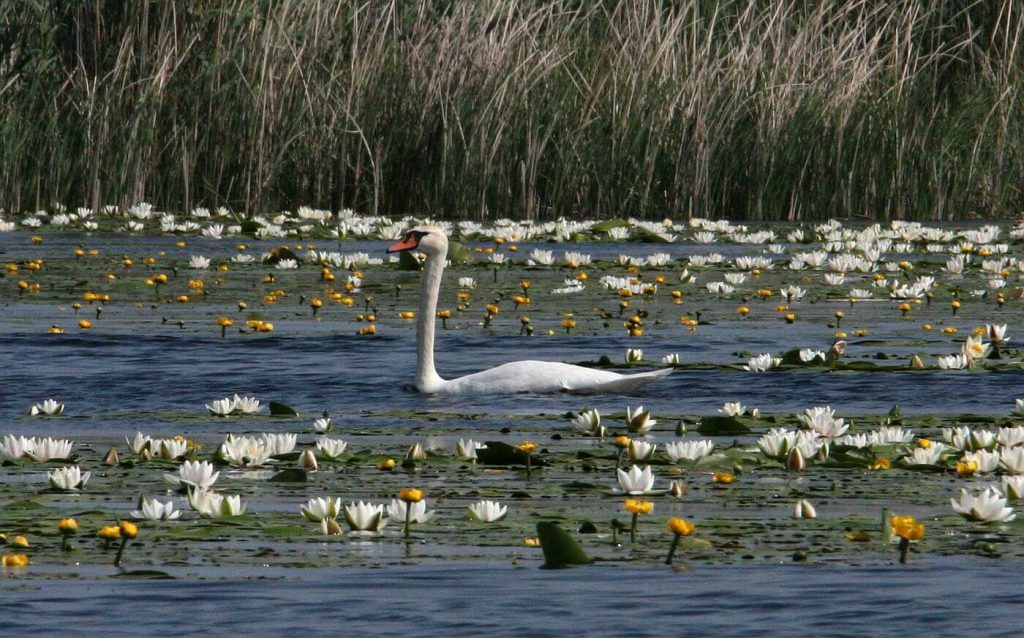
Away from the water, forest birds are dominant. Great Titmice (Parus parus), wood pigeons (Columba palumbus), Golden Orioles (Oriolus oriolus), and Tree Sparrows (Passer montanus) nest in willows. Reed Buntings (Emberiza schoeniclus), Savis Warbler (Locustella luscinioides), and Bearded Tits (Panurus biarmicus) prefer to build their nests in the thick reeds. Meanwhile Cuckoos (Cuculus canorus) are spread throughout the reserve, laying their eggs in unguarded nests of Warblers (Acrocephalus spp.) and then abandoning them.
The City of Astrakhan is accessible by the airplane from Moscow. The customized itinerary may include visits to St. Petersburg, Moscow and Astrakhan.
